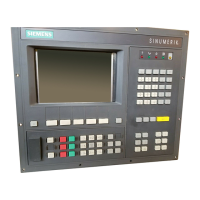
Do you have a question about the Siemens Sinumerik 810T and is the answer not in the manual?
| Brand | Siemens |
|---|---|
| Model | Sinumerik 810T |
| Category | Network Hardware |
| Language | English |
Explains the documentation structure, content of Part 1 (Operating), and Part 2 (Programming).
Overview of the SINUMERIK 810T CNC control system for compact machine tools.
Details the components of the SINUMERIK 810T with an external machine control panel.
Identifies and describes the key components of the SINUMERIK 810T operator interface with an integrated control panel.
Details the CRT display layout, lines, characters, and the function of softkeys.
Details the layout and function of the address and numerical keys for data input and control.
Describes the functions of keys used for deleting, modifying, and inputting data and program blocks.
Explains how to select different operating modes like PRESET, JOG, AUTOMATIC, and REPOS.
Explains how to adjust programmed feedrate and rapid traverse values using override switches.
Explains the operation and function of the Emergency Stop switch on the external machine control panel.
Details the rotary switch for selecting operating modes like PRESET, JOG, AUTOMATIC, and REPOS.
Describes the functions of the Program Stop and Program Start keys for controlling program execution.
Details the steps for switching on the SINUMERIK 810T control and the expected system reactions.
Explains the procedure for switching off the SINUMERIK 810T control.
Lists and briefly describes the primary operating modes: AUTOMATIC, JOG, MDI, and REFPOINT.
Explains how to move axes to reference points to synchronize the control with the machine.
Explains offsetting the control zero point within the machine coordinate system.
Describes how to return the tool to the point of program interruption using REPOS mode.
Details selecting operating modes using the rotary mode selector switch on the external machine control panel.
Explains how to navigate through menus using softkeys and the ETC key to access functions.
Explains how to extend the displayed softkey menu using the ETC key for more functions.
Presents a graphical overview of functions and branches within the AUTOMATIC operating mode.
Presents a graphical overview of functions and branches within the JOG operating mode.
Presents a graphical overview of functions and branches within the MDI AUTOMATIC operating mode.
Graphical overview of functions and branches within the REFPOINT operating mode for axis referencing.
Graphical overview of functions and branches within Incremental Feed modes (INC 1 to INC 10000).
Graphical overview of functions and branches within the PRESET operating mode for actual value setting.
Graphical overview of functions and branches within the REPOS operating mode for repositioning.
Graphical overview of functions and branches for the operator guidance (prompting) function.
Covers initial steps before processing, including switching on and traversing to reference points.
Covers tool management, input of tool offsets, geometry, and wear data.
Explains how to delete or modify individual tool offsets and clear all offsets for a number.
Details the process for automatic calculation and storage of tool offsets using a gauging device.
Explains how to set various parameters like R parameters, spindle, axial, angle of rotation, and scale modification.
Details how to select or define machining planes using softkeys and channel selection.
Explains the optional axis synchronization function, its operation, and behavior in different modes.
Describes the TRANSMIT function for face milling on turning machines, using fictitious coordinate systems.
Explains how to input part programs using the keyboard or operator guidance.
Explains how to program workpiece contours using contour elements and graphics displays.
Details the functions for editing part programs, including inserting, modifying, and deleting words and blocks.
Introduces functions for managing programs, including copying, deleting, renaming, and reorganizing memory.
Explains how to test programs graphically using the SIMULATION function.
Describes the universal RS232C (V.24) / 20 mA interfaces for data transfer.
Explains the Block Transfer function for running part programs exceeding control memory capacity via external storage.
Details the procedure for starting a part program, including mode selection, program number entry, and program start key.
Explains how to select between CURRENT VALUES and CURRENT BLOCK displays in AUTOMATIC mode.
Explains how to use the SKIP BLOCK function to skip or include blocks during program execution.
Explains using the DRY RUN FEEDRATE function to traverse at a reduced speed instead of programmed feedrate.
Explains how to modify one or more values in the buffer memory using the OVERSTORE function.
Explains how to use the BLOCK SEARCH function to enter a program at any specified point.
Explains the methods for interrupting a running program, including operating mode changes and NC STOP.
Describes the OPS function for automatically loading and executing programs from a diskette according to a predefined list.
Explains the role of permanently active monitoring functions in detecting faults and preventing damage.
Categorizes alarms into NC and PLC groups and details methods for clearing alarms, including key assignments.
Lists alarms requiring a service visit, providing alarm number, text, reason, effect, remedy, and remarks.
Provides operating data like humidity, air pressure, and shockproof, dustproof, waterproof ratings.
Explains guidelines for handling modules, emphasizing precautions against electrostatic discharge (ESD).
Details the two universal RS232C (V.24) / 20 mA interfaces available for data transfer.
Provides a table of Setting Data (SD) numbers and bit configurations for describing and defining interface characteristics.
Details the assignment of setting data (SD no. and bits) for connecting various peripheral devices to Interface 1 and 2.
Provides connection data, settings, and operating notes for SINUMERIK readers (T40, T50, T60) and WS 800.
Provides connection data and operating conditions for Siemens Programmer PG 675/685 used as a printer interface.
Explains how SINUMERIK 810T operation depends on machine data and options, and how they can be modified.
Lists available options for the SINUMERIK 810T control with their order codes and provides space for configuration details.
Explains how to view and understand general machine data, emphasizing that only machine tool manufacturers should modify them.
Explains how to define R parameters as Cycle Machine Data (CMD) or Cycle Setting Data (CSD) to protect them.
Details the structure of machine data (MD) bits, their possible statuses, and how they are preset by the manufacturer.
Explains how to define initial settings for G groups channel-specifically and via machine data.
Explains the SD bits (5000-5029) used for interface configuration, compatibility modes, and new functions.
Lists SD numbers and their significance for spindle speed limitation, oriented stops, and smoothing constants.
Provides an alphabetical list of abbreviations and mnemonics used in the manual with their meanings.
An alphabetical index of terms used in the manual, cross-referenced to their corresponding section numbers.
Provides a diagram illustrating the layout of the SINUMERIK 810T operator interface with an integrated machine control panel.
Provides a diagram illustrating the layout of the SINUMERIK 810T operator interface with an external machine control panel.

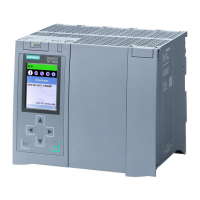
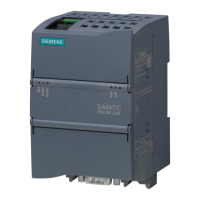
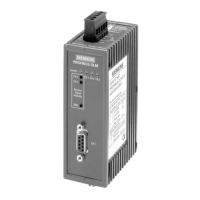
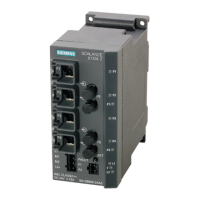


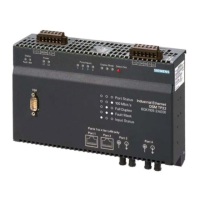
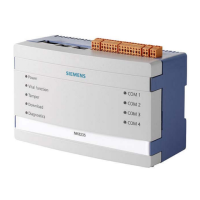
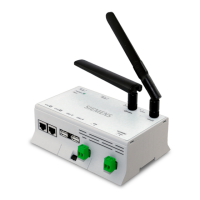
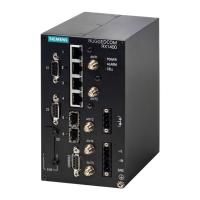
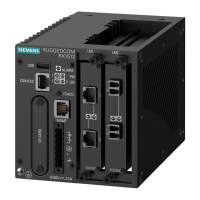
